 |  | ||||||||
| |||||||||
GREENHOUSE PESTS, BIOLOGICAL CONTROLS/NATURAL ENEMIES
& PLANT-MEDIATED IPM SYSTEMS
INDEX Common Greenhouse Pests Natural Enemies/Biological Controls Free Biological Control! Plant-Mediated IPM Systems Pesticide Compatibility Additional Information |
| The proper identification of insect pests, their life cycles and how their mouthparts
damage plants are critical for successful management using both
biocontrols and chemical insecticides. Many biocontrols are host
specific,
meaning that they attack only certain insect pests. Many biocontrols
are only sucessful by managing certain stages of the insect's
life
cycle at certain stages of their own life cycle. The
same is true for insecticides where on the label it will tell you what
life cycle stage the chemical is the most effective at managing that
particular pest. Identifying what insect damage looks
like on plants is essential for knowing that a pest infestation is on
the rise. Knowing which crops your growing that are susceptible to certain
pests (and diseases) is also a key component for sucessful pest
management so they can be routinely scouted for infestations. Below you
will find a variety of common greenhouse pests and their biological
control agents with information on their life cycles. BACK TO TOP | ||
| COMMON GREENHOUSE PESTS | ||
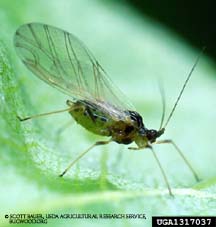 | 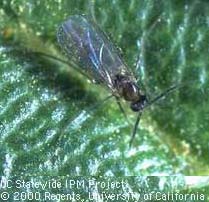 | 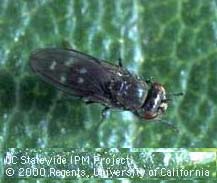 |
Aphid Life Cycle & Id Aphid Section - IPM Guide | Fungus Gnat Life Cycle & Id Fungus Gnat Section - IPM Guide | Shorefly Life Cycle & Id Shorefly Section - IPM Guide |
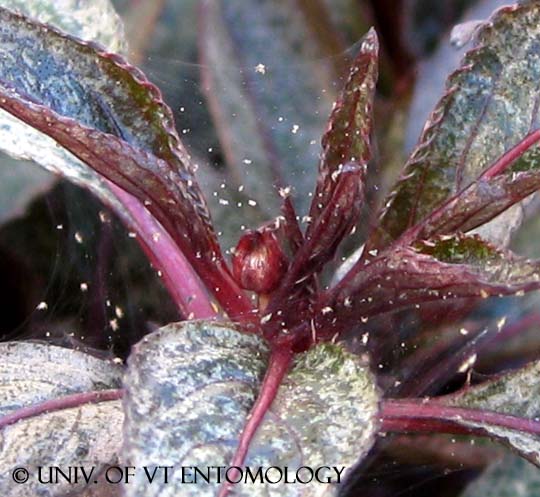 |  | 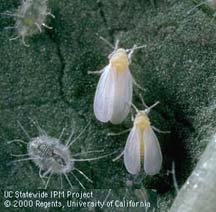 |
| Spider Mite Life Cycle & Id Spider Mite Section - IPM Guide | Thrips Life Cycle & Id Thrips Section - IPM Guide | Whitefly Life Cycle & Id Whitefly Section - IPM Guide |
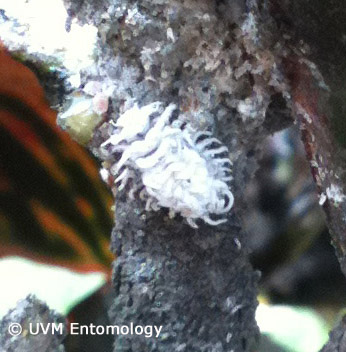 | ||
| Mealybug Life Cycle & Id | ||
| BACK TO TOP | ||
| NATURAL ENEMIES | ||
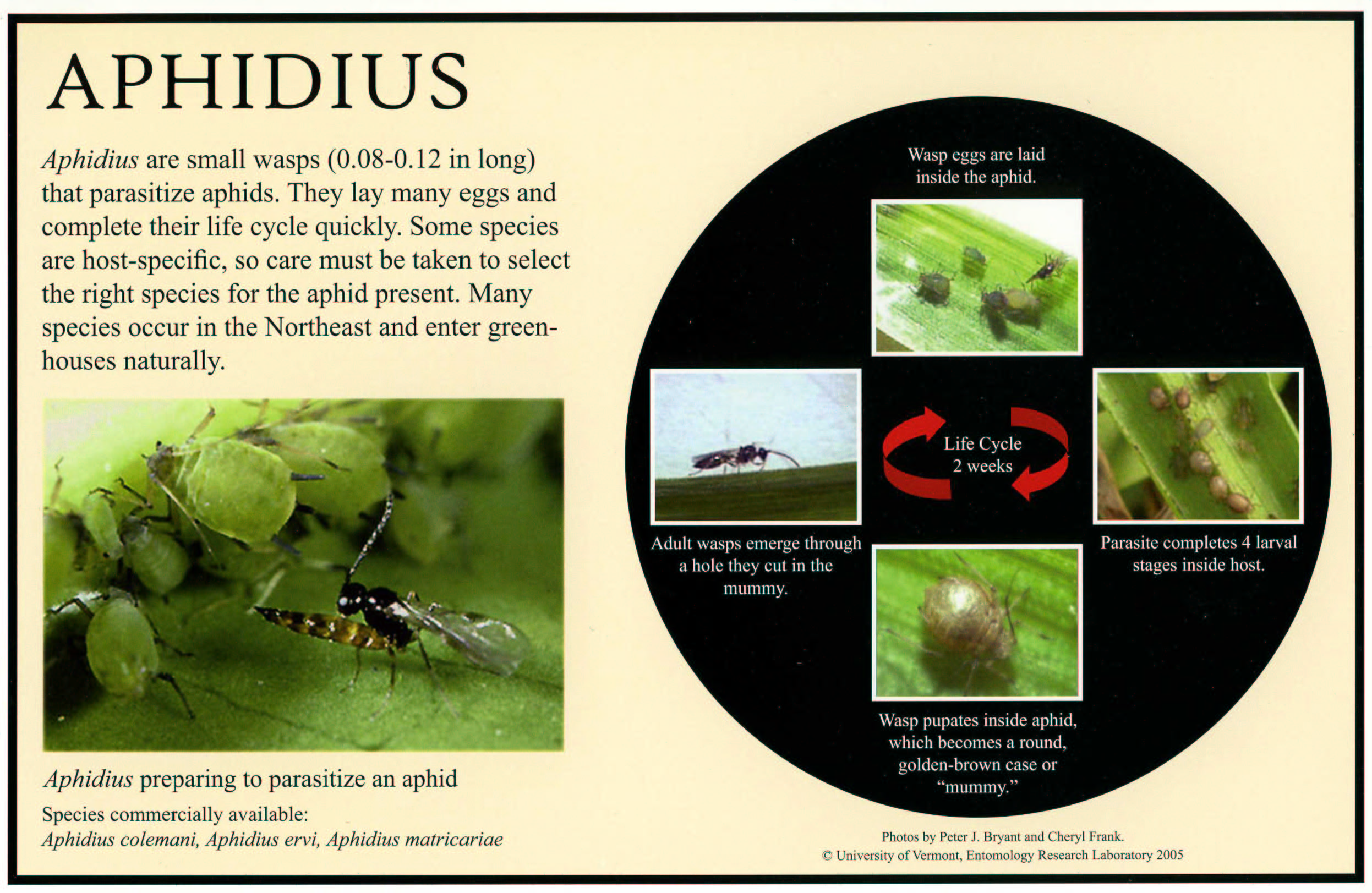 Aphidius | 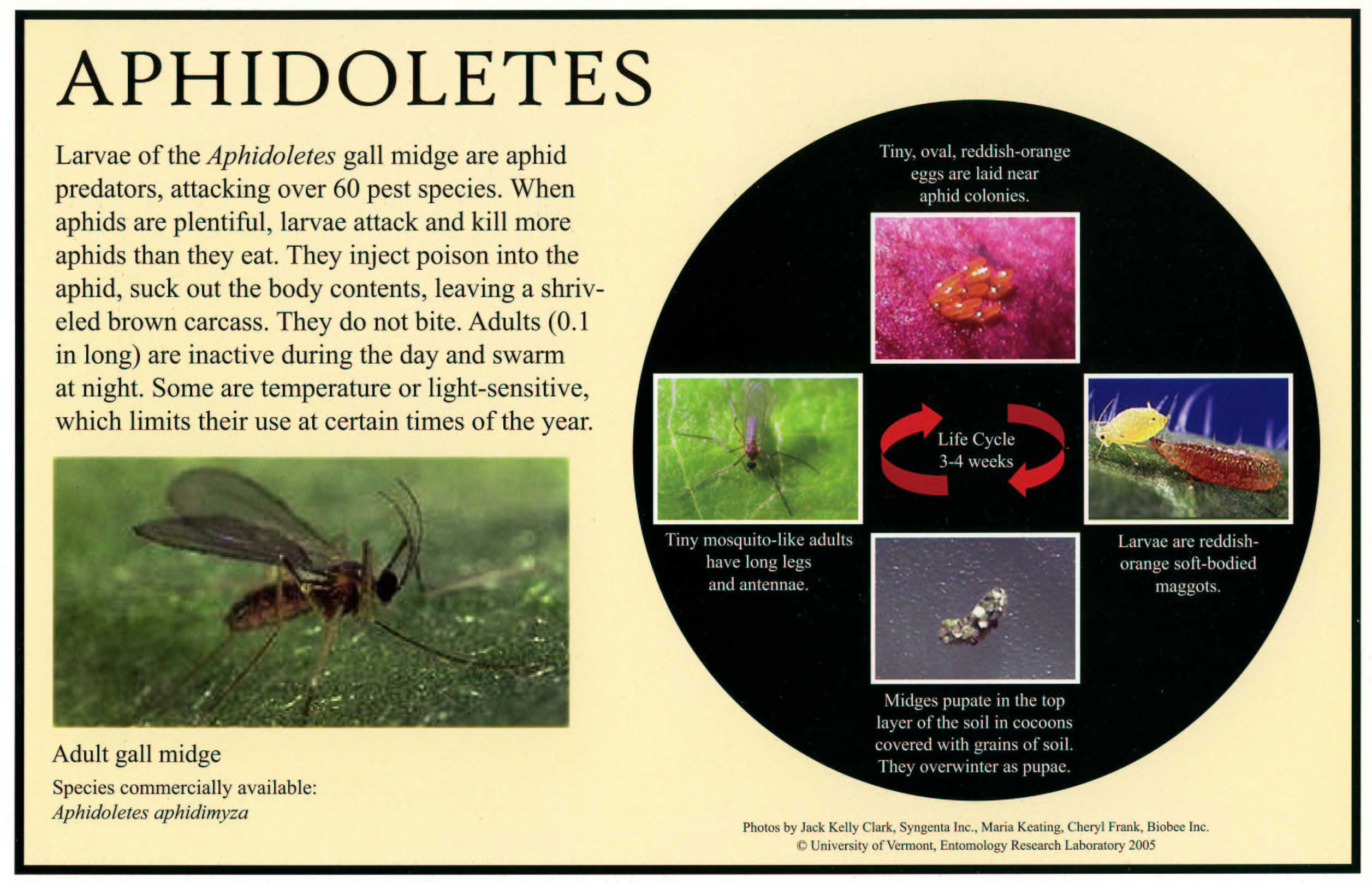 Aphidoletes | 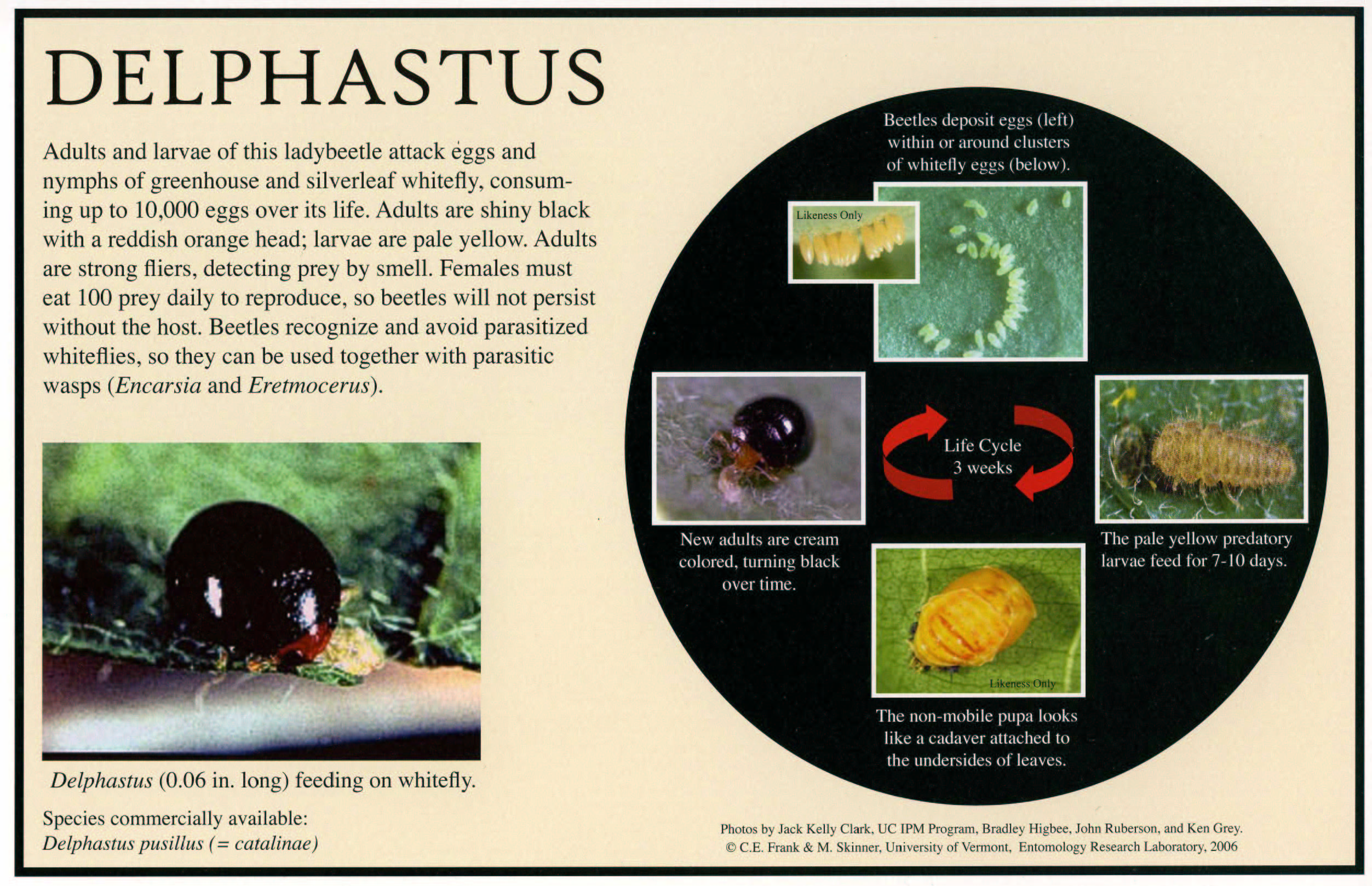 Delphastus |
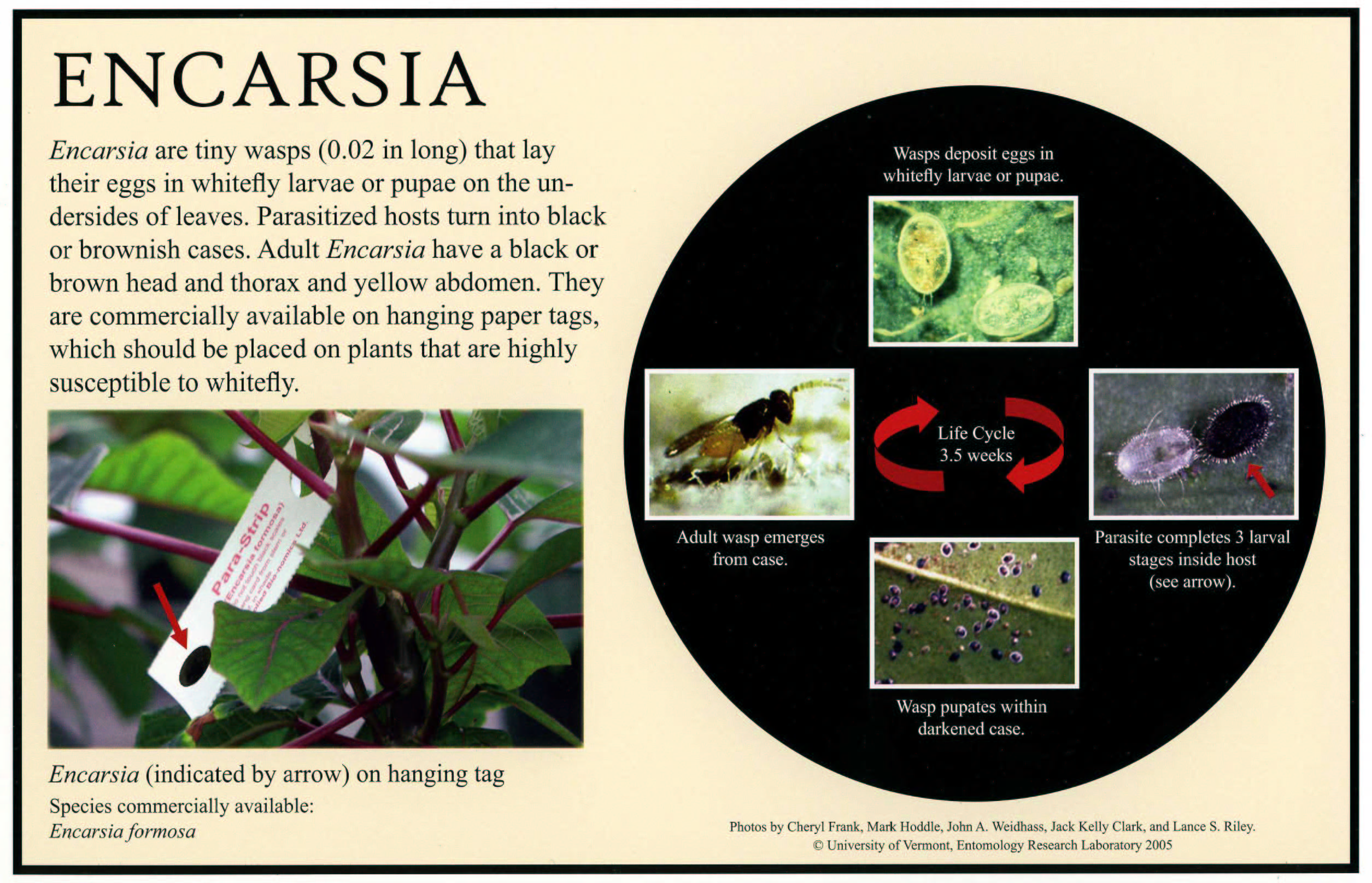 Encarsia | 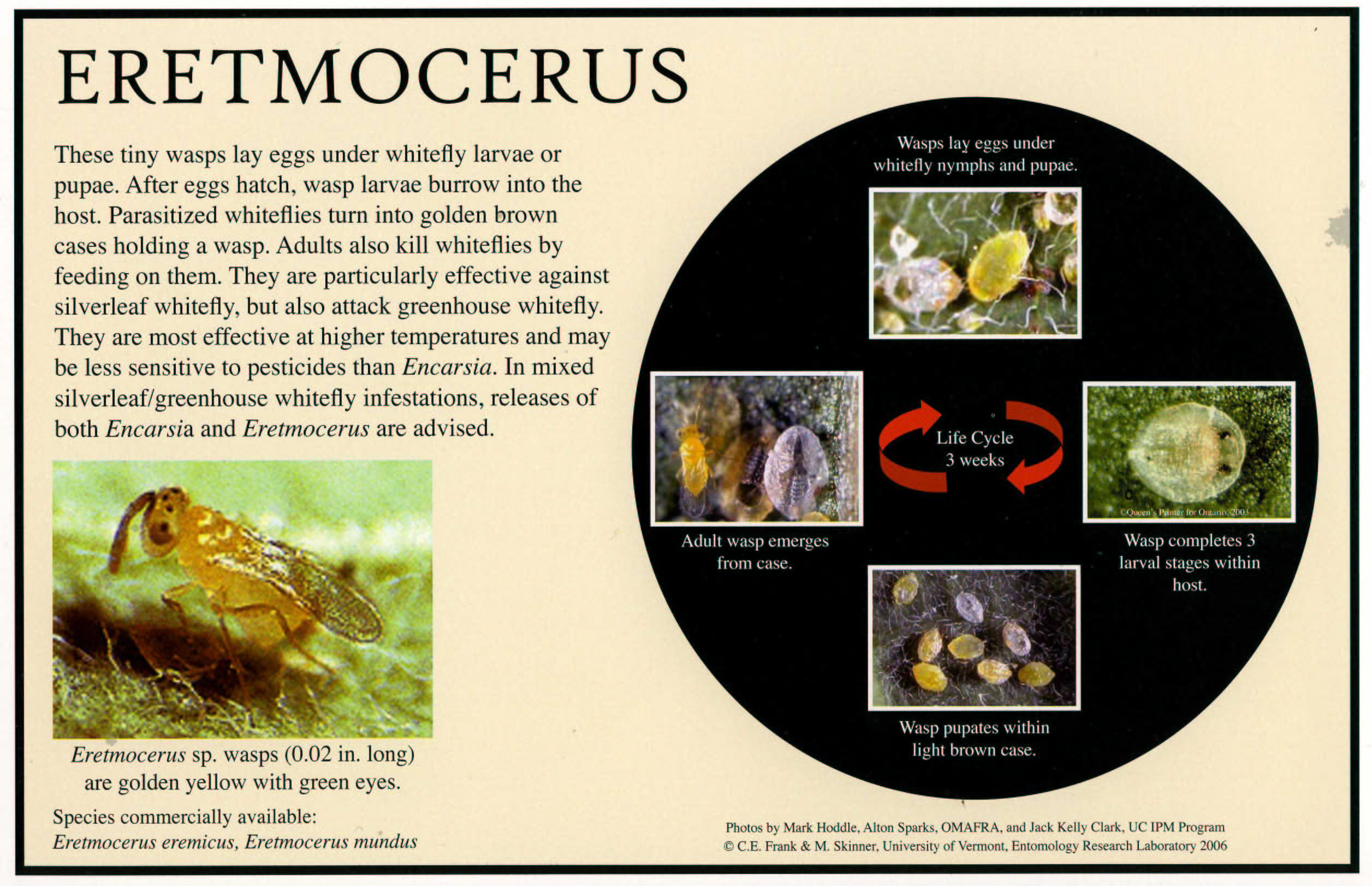 Eretmocerus | 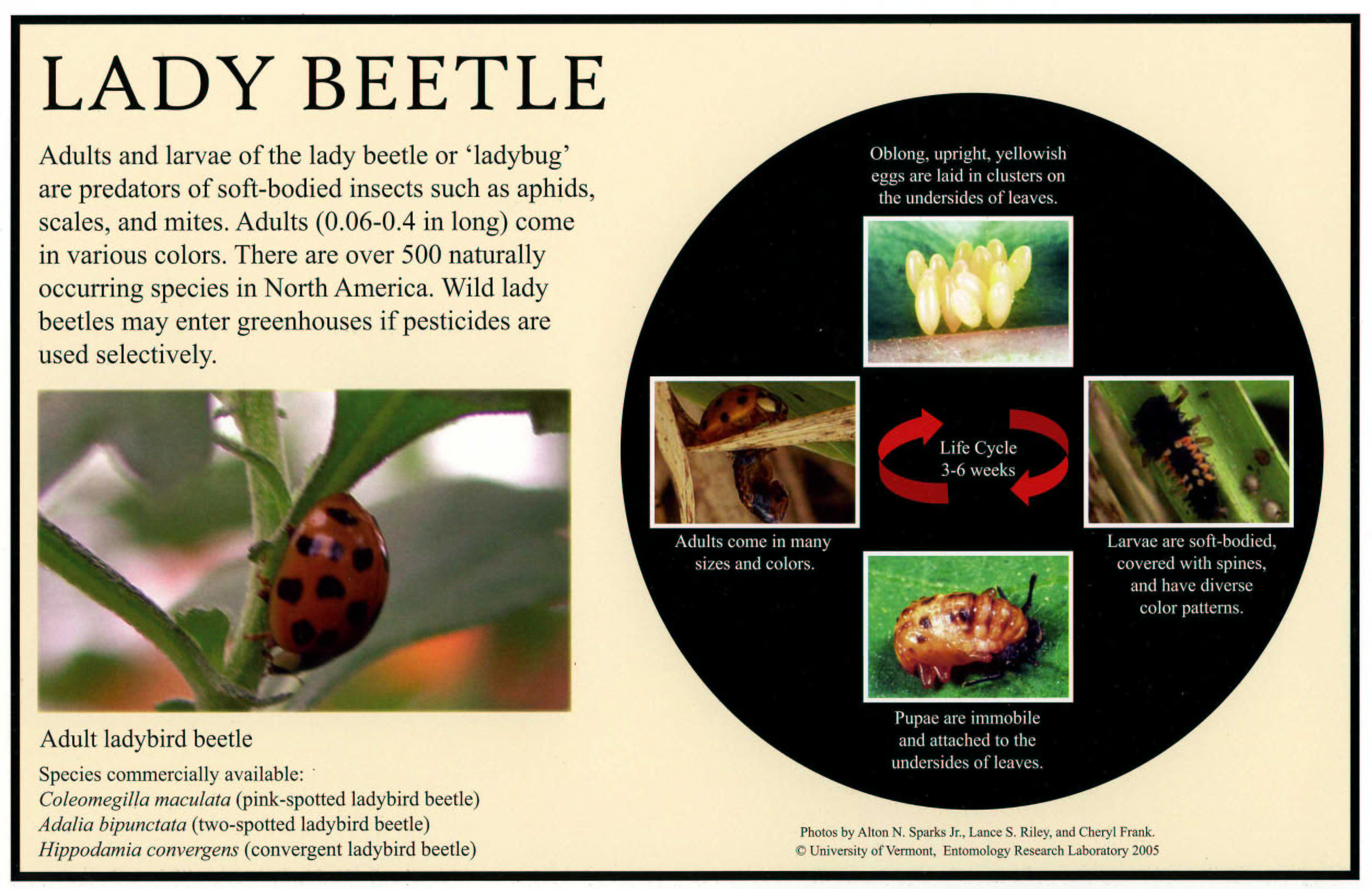 Lady Beetle |
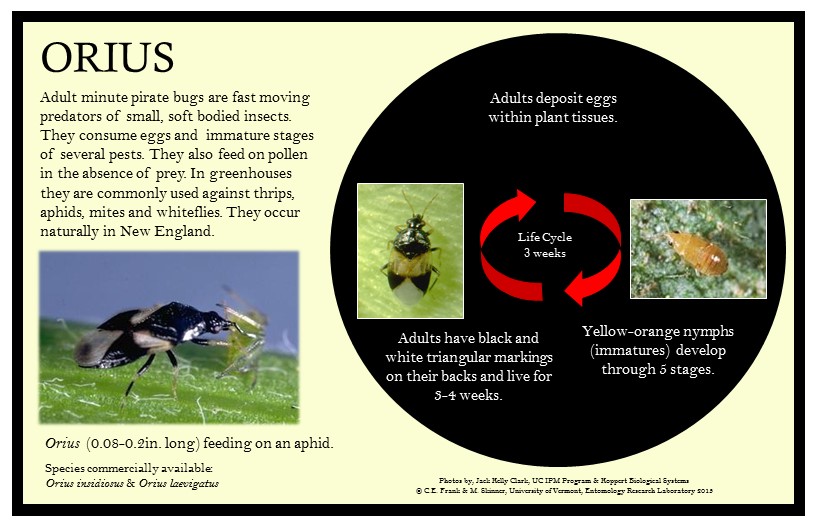 Orius | 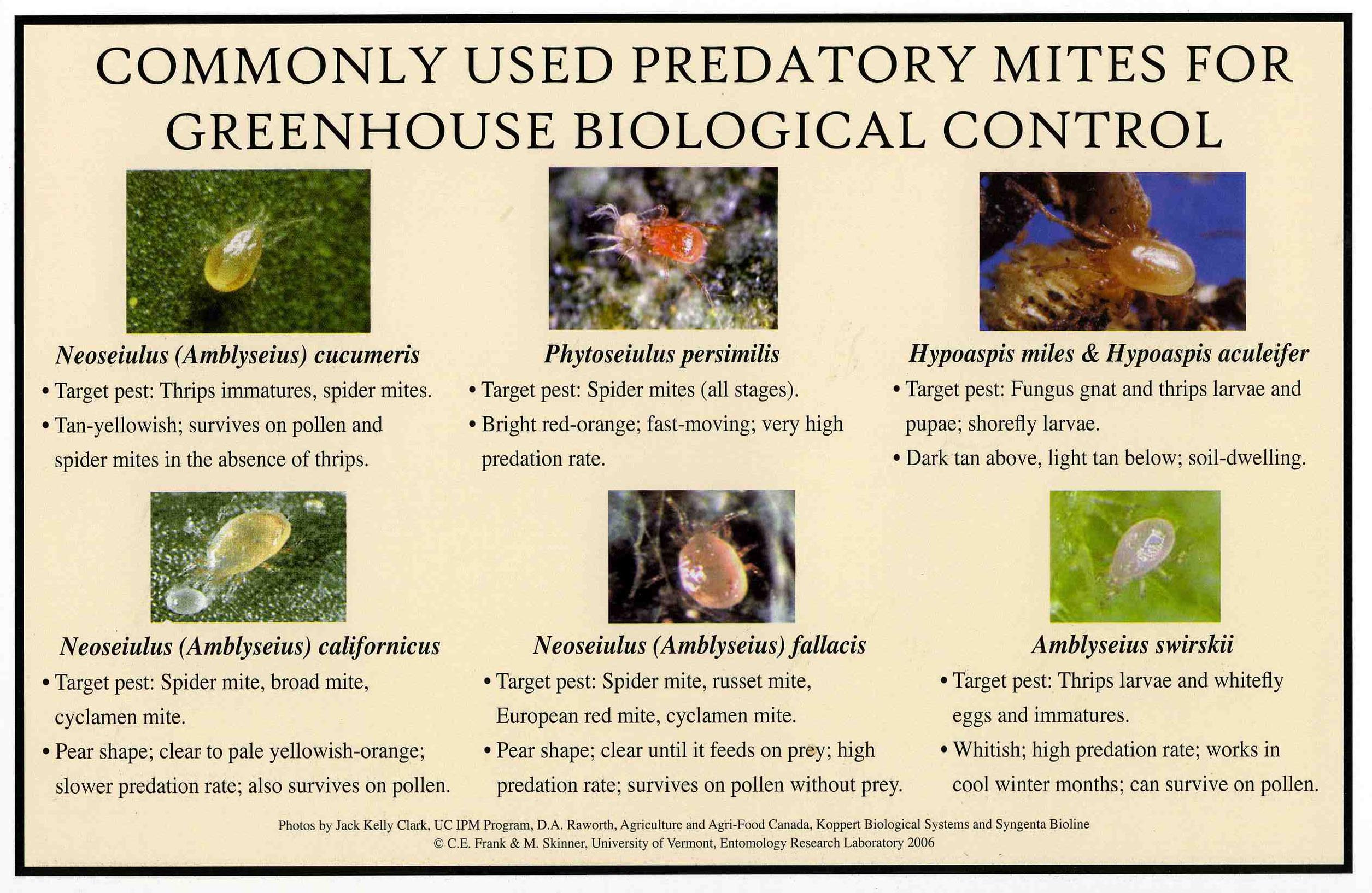 Predatory Mites | |
| BACK TO TOP | ||
| FREE BIOLOGICAL CONTROL !!! | ||
Not all insects that venture onto your crops are the bad guys. There are many naturally occurring biological control agents that work just as well if not better than commercial brands. Click here to learn more about free biological controls! | ||
Convergent Lady Beetle | Syrphid Flies | Green Lacewing Eggs |
| BACK TO TOP | ||
|
Plant-mediated
IPM systems use plants in combination with other suppression
tactics to manage arthropod pests. They offer a cost-effective,
innovative approach to sustainably managing pests in protected
environments. These systems are
developed to: 1) Improve early pest detection (indicator or sentinel plants); 2) Attract pests off the crop where they’re targeted for management
with bio- control, chemical insecticides or by removing and destroying them
(trap crop), or 3) Provide habitat, food and shelter for biological control agents
(habitat, insectary/banker or guardian plants). | |
Alyssum & Ornamental Pepper Habitat Pot | Aphid Banker Plant System |
| Coming Soon! Plant-Mediated IPM System Webpage with examples & use guidelines | |
| BACK TO TOP | |
| If
pesticides must be applied due to unanticipated disease or pest
problems it is important to choose the ones that are the most
compatible with your biological controls. Pesticides are the most
harmful to biological control through direct contact, but the residuals
also make it difficult for them to find prey by interfering with their
behavior. The Koppert Side Effects List , Biobest Side Effects Manual
and Syngenta Compatibility Chart provide the most up to date compatibilities of pesticides with
biological controls. There also smartphone apps available for Apple, Android & Blackberry. All you need to know is the name of the
biological control and the pesticide active ingredient. Always
remember your best source of up to date information is directly
from your biological control supplier!! |
| Applied
Bio-nomics IPM & Biological Pest Control Technical Manual:
http://www.appliedbio-nomics.com/technical-manual.html Arthropod Man. in Grnhse & Interiorscapes, OSU: http://osufacts.okstate.edu/docushare/dsweb/Get/Document-6094/E-1011.pdf Biological Control: Guide to Natural Enemies in North America, Cornell University: http://www.nysaes.cornell.edu/ent/biocontrol/ Get To Know Your Biocontrols: http://greenmethods.com/site/biocontrols/ Natural Enemies Found in the Landscape (UC IPM Online): http://www.ipm.ucdavis.edu/PMG/NE/index.html UC IPM Pest Management Guidelines: http://www.ipm.ucdavis.edu/PMG/selectnewpest.floriculture.html BACK TO TOP Last Updated March 2019 |
| Greenhouse IPM Home |